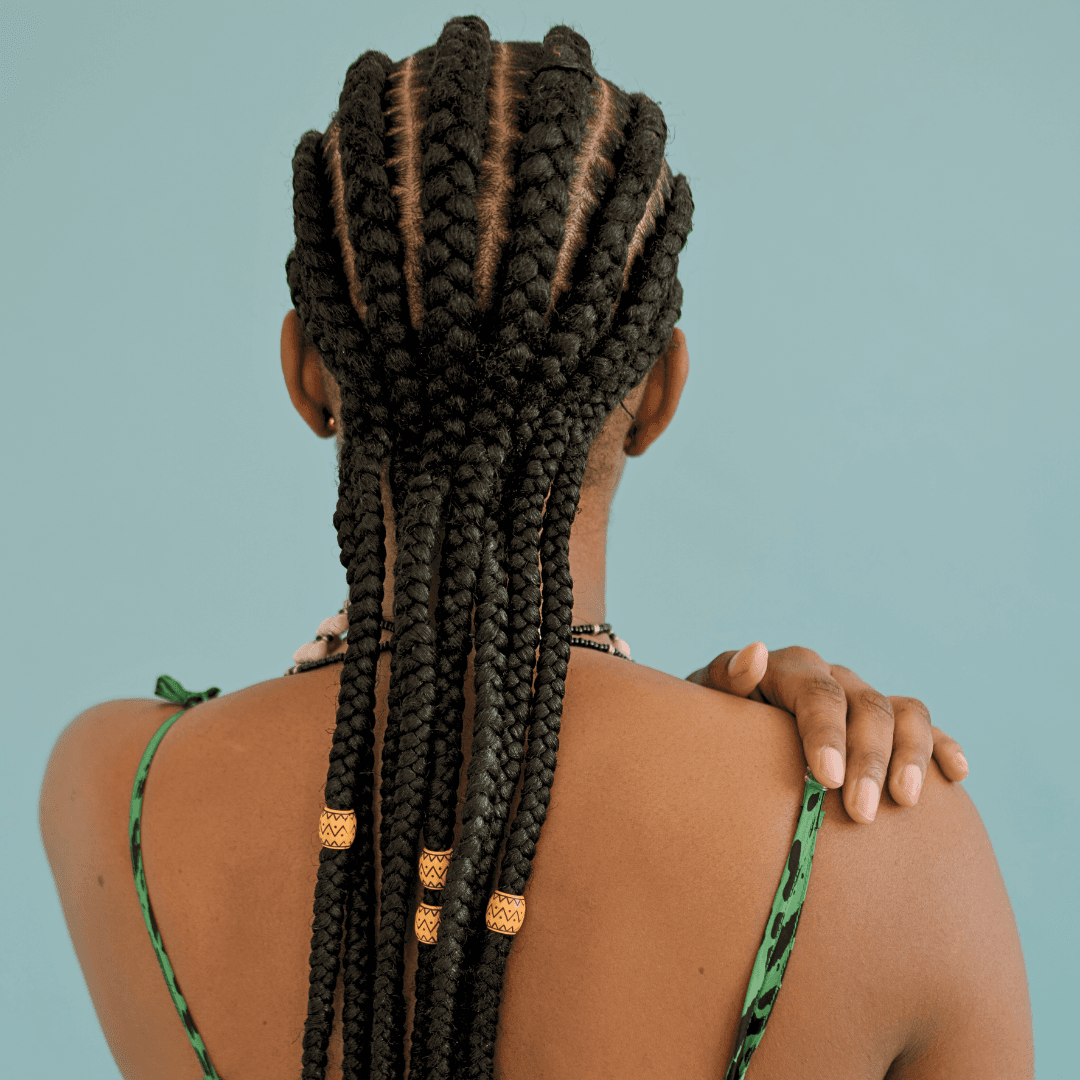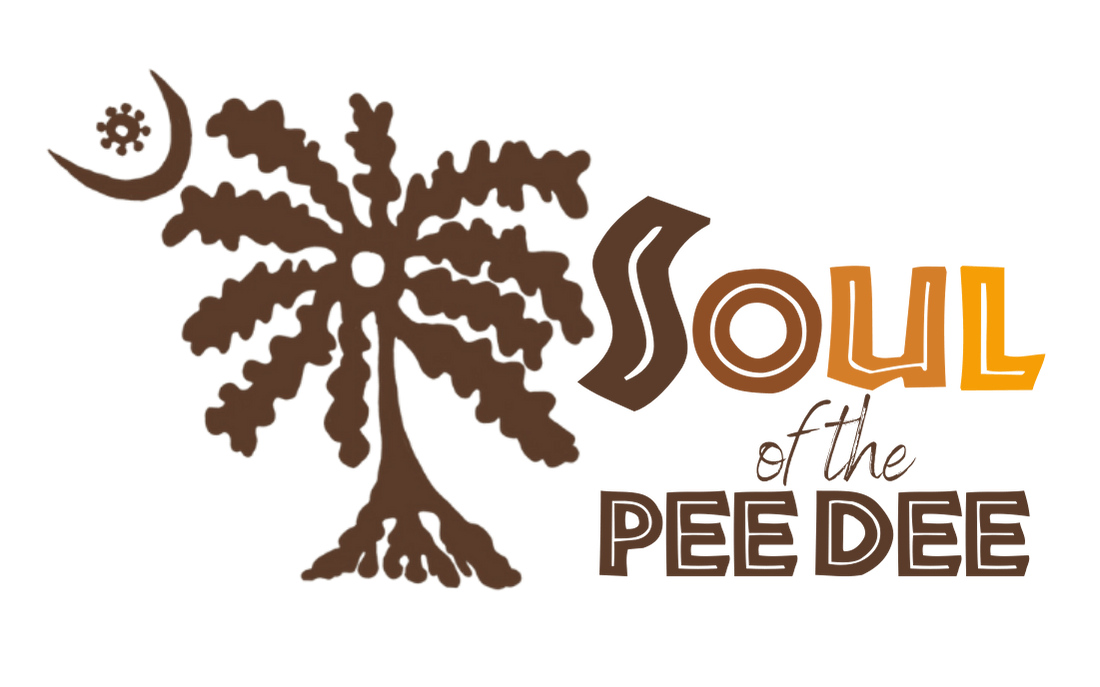Hairstyles
Traditional African American hairstyles in the Pee Dee region often reflect a deep cultural heritage, featuring styles like cornrows, braids, and twists that have been passed down through generations. These hairstyles not only serve as a form of self-expression but also as a means of preserving and honoring African ancestry and community traditions.
Hair braiding is a continuation of an ancient art, handed down from generation to generation in Africa. Each region of Africa has its own traditional styles, and each tribe its distinctive aesthetics. In many West African countries, hair braiding developed into complex patterns signaling one’s social status, age group, and village affiliation. While braided hair is principally a women’s fashion and art form, men also create and wear these styles.
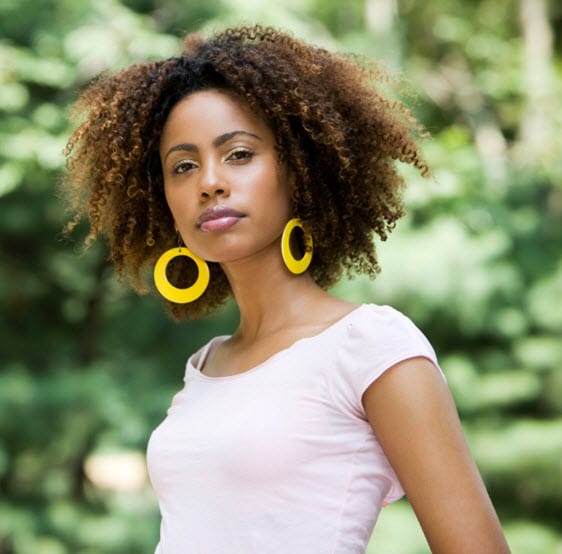
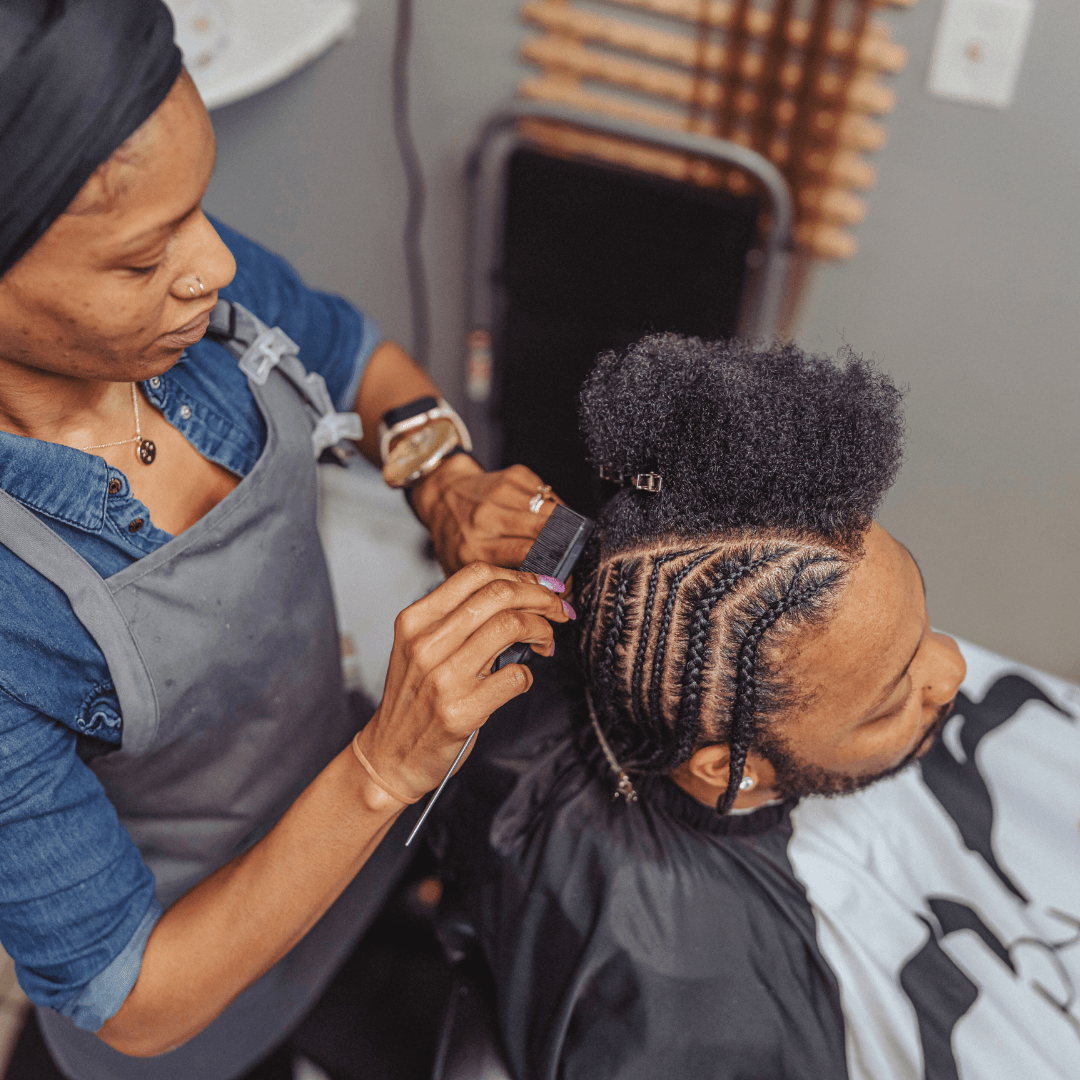
From a very young age, girls and boys may wear their hair styled into braids or knots. Hair-braiding is often an incredibly time-consuming activity: some styles can take an entire day or more to create. Because braiding takes so much time, it offers an opportunity to socialize. Before being braided, a person’s hair must be parted into sections, which may be laid out in one of an almost infinite variety of patterns in order to best flatter her face and features. They may curve or zigzag or form diamonds or starbursts across the head, depending on the desired look. These patterns play a key role in defining the unique sculptured look of any given style.
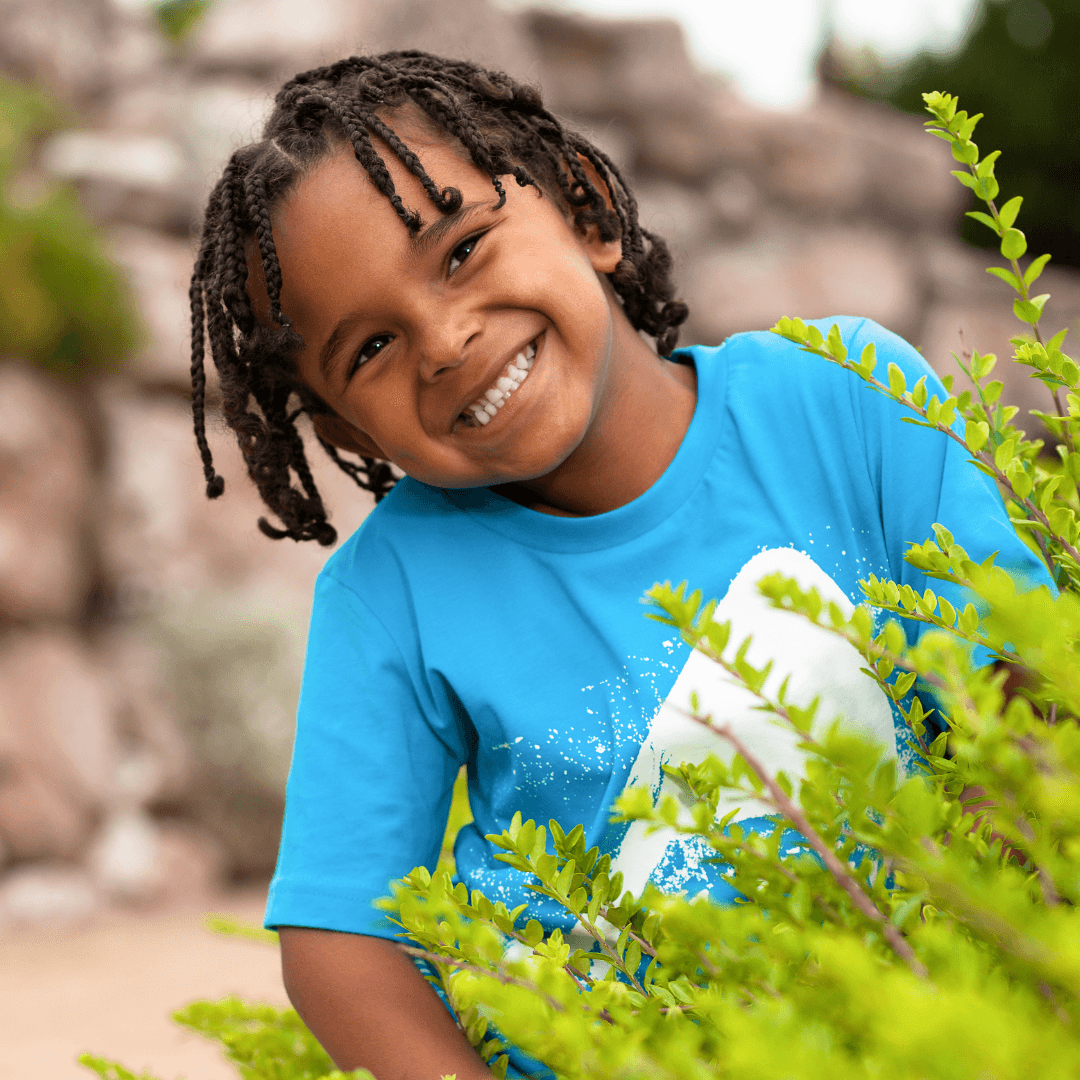
Hairstyles: The Different Braids
Country plaits, worn frequently by women, are smooth braids that lie against the scalp. Each section of hair is braided by weaving the tresses one over another, gradually working in more hair as the braid progresses. The result is sleek, as if the hair were cut close to the scalp, but marked with subtle crisscross patterns.
Cornrows are similar to country plaits as they follow the shape of the head and lie flat against the scalp. They differ slightly in the braiding process, however. Here, the tresses are woven under one another, resulting in a raised braid that follows the shape of the head. Cornrows can be done in a variety of widths, the thinner styles — which require more braids — being more time-consuming than the thicker ones.
Single braids, in which the hair from a small section of the scalp is braided out to the end (with or without the addition of extensions), can also be done in a variety of widths. Another recent innovation is a style in which the lengths of hair are twisted rather than braided. The addition of synthetic extensions helps to stabilize these styles so they will last longer.
Another popular style is commonly called African knots. In this style, after one’s hair is divided into rectangular or triangular sections, the hair in each section is twisted together and wound into a protruding knot.
